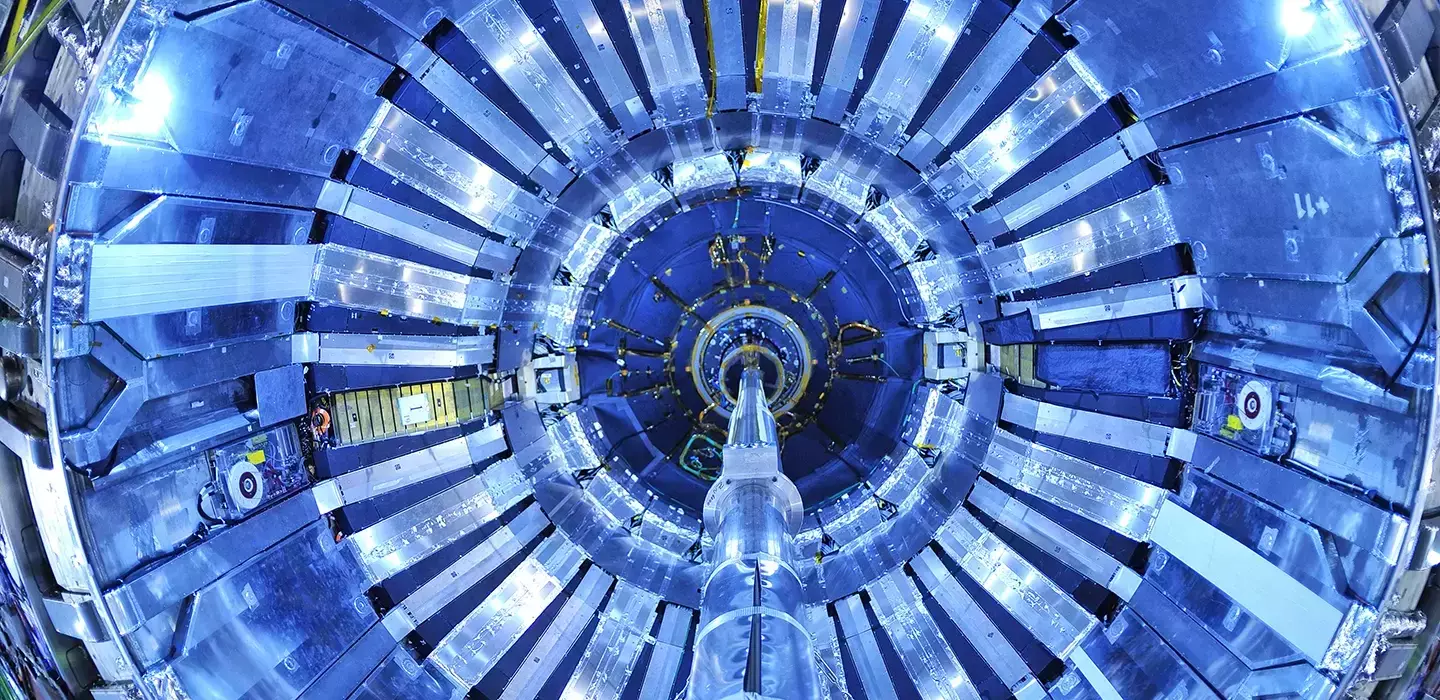
Nuclear Physics
Nuclear physics is the science dealing with the structure, properties, and transformations of atomic nuclei, which relies on experimental data on radioactivity and nuclear reactions. The nuclear centers conduct fundamental research, which indirectly influences the development of many technologies in industry, agriculture, medicine, and other fields.
Such sources of test particles as charged particle accelerators are widely used in nuclear experiments.
The most important task in the design and operation of any accelerator facilities is the creation of advanced systems for diagnostics, monitoring, and control of charged particle beams.
Such systems provide nondestructive monitoring of spatial and temporal characteristics of heavy ion beams during acceleration and escape from the accelerator.
In turn, the development of diagnostic systems for dealing with low-intensity beams is also relevant to many application fields (radiation therapy, radiation resistance of electronic components, radiobiological investigation, etc.).
Using a large area MCP detector, non-destructive high-speed spatial and temporal monitoring of the ion beam profile generated inside the synchrotron can be performed.
Microchannel plate detectors have a number of advantages:
- high temporal resolution;
- single charged ion detection efficiency which is close to 80%;
- ability to measure spatial characteristics with an accuracy of tenths of a millimeter;
- high radiation stability.
At the same time, gain of a chevron assembly of two microchannel plates can range from 106 to 108, which allows a wide range of standard electronics to be used without the need of specific signal preamplifiers.
Application
MCPs produced by VTC Baspik were used to build a microchannel plate detector to control the spatial and temporal characteristics of the circulating beam of the Nuclotron at JINR.
The VTC Baspik DV100×100P detector based on a chevron stack of two large area rectangular microchannel plates and a phosphor screen can be used as a detector for ion beam profile monitoring.
Photomultiplier tubes (PMTs) are widely used in nuclear physics.
Advantages of MCP-PMTs as compared to conventional PMTs are:
- fast response;
- ability of two-dimensional detection at high spatial resolution;
- stable operation even under exposure to high magnetic fields.
See also Particle detection techniques using MCP-PMT.
